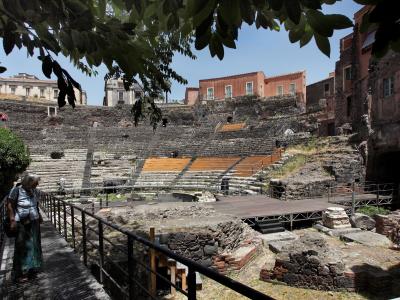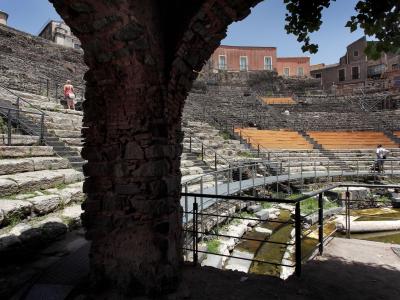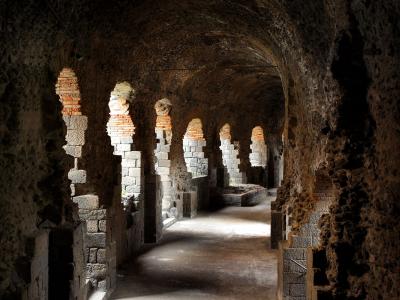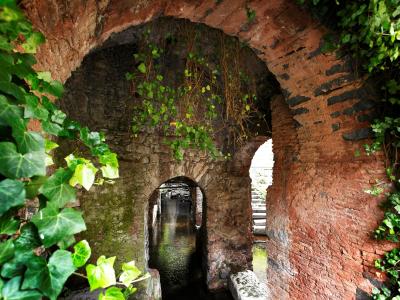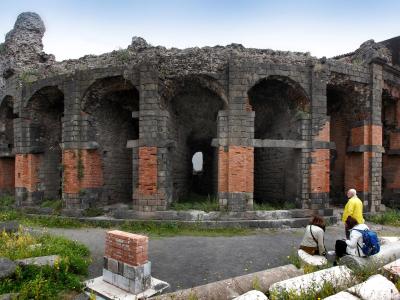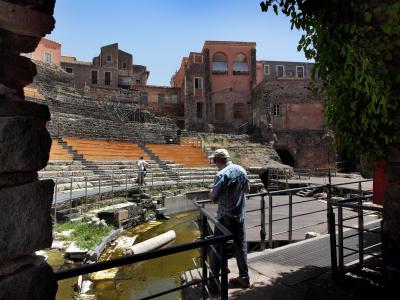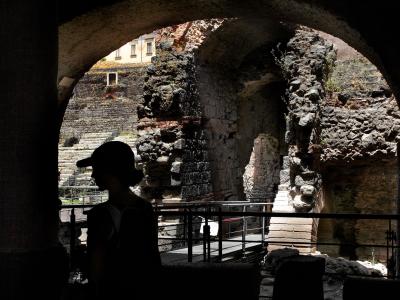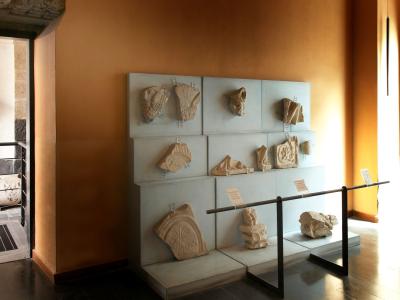In the heart of the historic center a few meters from Piazza Duomo, hidden by an unexpected facade of an anonymous building, in via Vittorio Emanuele there is the entrance to the ancient Greek-Roman theater. To be precise, there is no certainty that on the same site as the Roman theater, dating from around the second century, there was previously an older building with the same intended use, of Greek origin. But some clues let him think. The placement of the cavea on the side of a hill, for example, was usual in Greek theaters. Historical sources speak of a speech given by the Athenian leader Alcibiades in the fifth century BC. C. in a theater in Catania. The speech was intended to convince the city of Katane to ally with Athens against Syracuse. The large blocks of sandstone that make up part of the theater building are engraved with Greek letters. It is probable that in the Augustan period, & nbsp; when Katane became a Latin colony, a restoration and expansion of the ancient Greek building had been carried out with the addition of the stage and other steps. The theater could accommodate up to 7000 spectators. In the second century the theater was further enriched by a proscenium covered with precious marbles, and then friezes, statues, bas-reliefs and columns that constituted a mine of materials used in the following centuries in a myriad of monumental buildings. Today the archaeological remains remain of fascinating beauty: on the orchestra that remains at a lower level than the street level of Via Vittorio Emanuele, the Amenano river emerges, which has gotten into the other areas of the city due to the eruption of 1669. Next to the auditorium of 80 meters in diameter stands the smallest hemicycle of the Roman Odeon. With a capacity of 1500 seats, it was presumably used to host musical, poetic and dance performances, and was probably the rehearsal place for the shows intended for the major theater.
& nbsp;
Map
TEATRO ROMANO
Via Vittorio Emanuele II, 266, 95124 Catania CT





